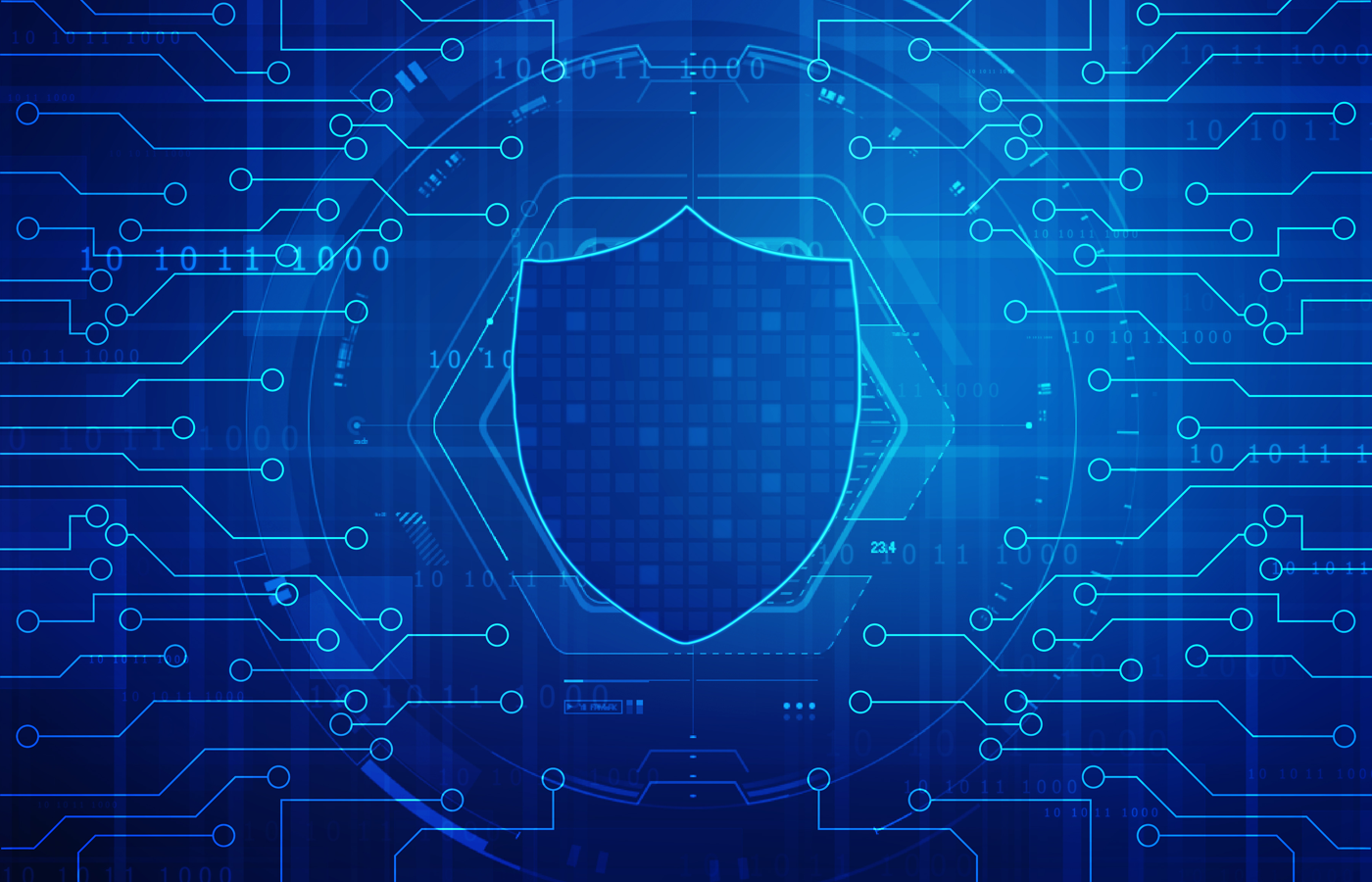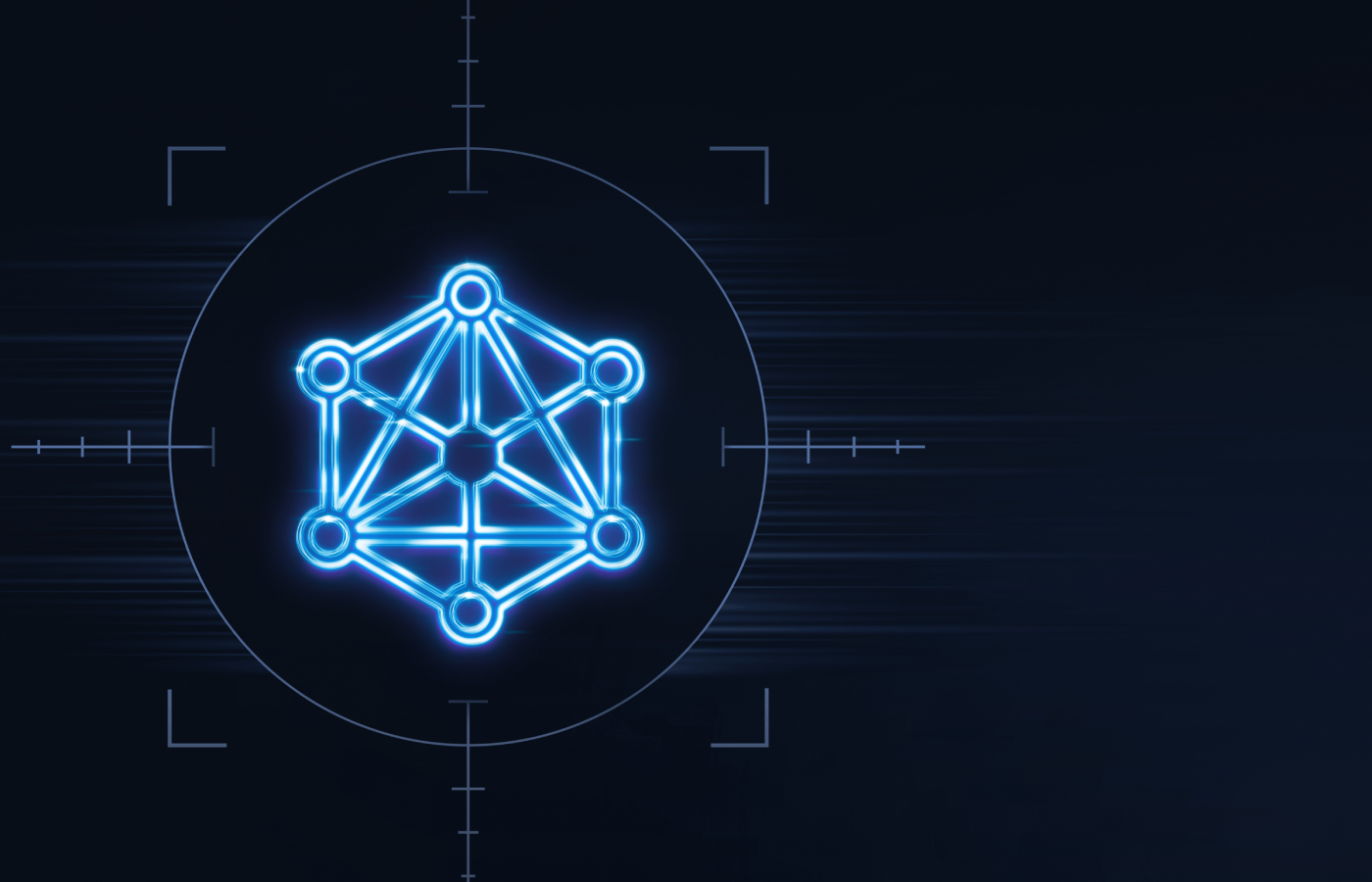Many modern enterprises and service-driven companies run their digital operations in container environments, making it easier to set up distinct permissions, workflows, and rules for each microservice and set of applications they’re running.
This modern infrastructure choice brings numerous advantages to operational workflows, but without the appropriate security policies and tools in place, it can also open the door to new security vulnerabilities and attack vectors. To prepare your organization’s containers for all possible security threats, it’s important to be aware of both the challenges you’ll face and the best practices you can follow to optimize your container security setup.
See the Top Container Security Solutions
Top 8 Challenges of Container Security
Container networks are intricate environments, with various components running unique processes and workflows. The design of containers can lead to a number of container security challenges. Here are the major ones.
Vulnerable Container Images
The container images used to create new containers are often the source of new security vulnerabilities for a cloud network. Images, especially those that come from unreliable and/or unvetted third-party image libraries, may be outdated and riddled with malicious code without user knowledge. There’s also the chance that a bad actor will leverage a poisoning attack against images already in your registry or introduce a poisoned image through an unsecured backdoor.
With the variety of images and sources that organizations use when getting started with containers, it can be difficult to detect every abnormality or risk from the outset, especially if your team has little experience with this type of technology.
Vulnerable CI/CD Environments
Even earlier in the container development and deployment lifecycle, it’s possible for vulnerabilities to go undetected in the continuous integration and delivery (CI/CD) environments you use to build container images. Attackers are increasingly introducing malicious code into these build environments and attacking container images, registries, and source code repositories before containers are even built. Build environments have become frequent targets because many organizations do not pay as much attention to build environment security as they do security for other container components.
Monitoring Isolated and Segmented Architecture
By nature, containers are isolated and segmented into unique microservices, which makes it difficult for cybersecurity teams to monitor and quickly assess individual container behaviors in the context of the network as a whole. It takes a well-trained team and the right tools to maintain visibility and effectively monitor a large network with different rules and norms operating in each container.
Maintaining Real-Time Threat Detection During Runtime
A serious security incident can spin up with little notice in container runtime, particularly if the organization has not established appropriate user privileges and is not regularly scanning for anomalous behaviors. Once a container is up and running, real-time threat detection tools and strategies should be in place to catch all possible issues, both existing and emergent.
Setting Up and Working With Various Configurations
Every component of a container ecosystem has its own configuration rules and best practices. It’s all too easy to misconfigure a container image, an orchestration platform, an image registry, or an individual application, and any single misconfiguration could leave the entire container network vulnerable.
Configurations get even more complicated to manage when you consider the different microservices, software formats, and compliance rules that may exist for each container. Open-source container configurations can be particularly challenging to set up and maintain correctly if your team is less experienced with this type of software.
Keeping Up With Security Updates Across Containers
Each container, orchestration platform, application, and individual component of a container typically relies on different software solutions, vendors, and upgrade schedules and particularities. Without automated patching and security management tools, security teams frequently miss crucial patching opportunities and leave their network more vulnerable to unauthorized user access and actions.
Working With Third-Party Products and Services
Sometimes container administrators know they’re working with third-party products and services and are aware of their sources and credibility. In other cases, you may choose to work with third-party container products or services that are less familiar and may not have been properly vetted. Whether you intentionally or unintentionally introduce third parties into your container environment, their cybersecurity posture management practices, user errors, and misconfigurations can extend new issues into your environment.
Designating and Maintaining Appropriate User Access Controls
Each container and application likely requires different user permissions and access levels, especially if certain parts of your business are subject to compliance regulations while others are not. Without a directory or identity and access management (IAM) solution in place, your cybersecurity team will have trouble keeping up with onboarding, offboarding, and otherwise updating the right users in the right places. This has severe consequences: Any unnecessary levels of access that your organization grants open you up to additional security risks, including a greater chance of exposed credentials and credential phishing attacks.
8 Container Security Best Practices
While container security can be difficult to manage, a number of tools, processes, policies, and general best practices can help your team stay on track. Learn about some of the best ways to manage container security for your organization below.
Regularly Monitor for and Fix Container Misconfigurations
Container image, orchestration platform, and other component misconfigurations are some of the biggest, most severe sources of container security breaches. To immediately decrease your chances of a security incident, your organization should strategize on how to monitor for, fix, and establish better standards that prevent container misconfigurations.
To improve your container security outcomes, consider setting up automated configurations and using configuration platforms to avoid issues of human error. Additionally, set up configuration guidelines and expectations from the outset, covering topics like compliance and approved third-party vendors. Finally, make sure your actual build environment has clearly defined dependencies and configurations so new containers can be set up for success.
Learn more about Cloud Workload Protection
Use Purpose-Built Container Security Tools
Many container solutions include built-in security tools that your organization should set up, but those solutions are often not enough to keep up with your different applications and operational workflows. For best results, it’s a good idea to invest in purpose-built container security tools and platforms.
If you’re not sure what to look for in your container security tool selection process, focus your search on the following key features and capabilities:
- Code security tools, including code debugging tools
- Automated image, code repository, registry, and vulnerability scanning
- Workload configuration scanning and misconfiguration alerts
- Container runtime security (CRS)
- Real-time threat detection
- Application-level threat monitoring for zero-day vulnerabilities
- Incident response and forensics
- Accessible reports and dashboards
- Native enforcement and continuous hardening
Automate Container Security Scanning and Threat Monitoring
Automated threat monitoring and vulnerability scanning make it possible for your security and network administrators to manage container security around the clock and at a granular level. With the right monitoring and scanning tools in place, your organization can look for and mitigate misconfigurations, malware code, and various security vulnerabilities in real time and without constantly undergoing full-fledged audits.
Although vulnerability scanning and threat monitoring tasks can be handled manually to a certain extent, it’s a good idea to automate these processes, especially as your container network grows and diversifies. Look for automated tools that regularly scan at an image, dependency, and workload level, and to improve the overall experience, select a tool that includes user-friendly dashboards and data visualizations.
Complete Regular Container Security Audits and Testing
Regardless of what tools or procedures you select, make sure your security audits follow a regular schedule and standardized processes that match your organization’s usage and compliance requirements. In between regular audit cycles, be sure to have continuous security tests running in CI/CD pipelines.
To make container and broader cloud network audits easier to complete, consider investing in a security software solution that includes cloud security mapping among its features. This feature can help you and your team get a quick visual of how all individual pieces of your network — including containers and their individual components — are set up and behaving. This feature is common in cloud security posture management (CSPM) and Kubernetes security posture management solutions.
Vet All Container Images Before Use
Not all container images are created equal, which is why your team must regularly assess container image quality before and during use. To prevent image-related security issues, stick to the following best practices:
- Only use images from trusted third-party repositories.
- Regularly update images and check for patching opportunities; patch management software can help you automate and manage updates across larger container environments.
- Audit images and look for evidence of anomalous behaviors and/or image poisoning.
- Use images that include only the dependencies you absolutely need; this will reduce your attack surface.
- Use image signatures and other verification methodologies to confirm the image source’s credibility.
Patch and Upgrade Container Components Regularly
Applications, orchestration platforms, images, image repositories, and a variety of other components in a containerized environment can become gateways to bad actors and malicious code if you don’t keep up with patch updates. Your team can handle patches manually if you have the on-staff resources and skills to keep track of all patching opportunities. However, most organizations will benefit from using patch management software or a cybersecurity platform that includes this functionality. This type of software is capable of automating and handling patches at scale and across a variety of container components.
Set Up Granular User Access Controls and Permissions
Especially for containers that contain sensitive datasets and are subject to strict compliance regulations, it’s important to determine what roles, responsibilities, and user access levels are necessary to protect that data. Role-based access controls should be applied to both containers and APIs to ensure only authorized users can access and make changes to your applications and the containers where they’re running.
It’s also a good idea to implement internal security and usage policies for all users because having all of the right security tools and permissions in place can only do so much to protect against user errors. Your policies need to cover how different users can and should interact with applications and data stored in containers. An overarching policy may be enough, but role-specific policies and training ensure all users know what they have access to and how they can securely and compliantly use those resources.
Incorporate Broader Cloud and Network Security Best Practices
Your containers and container security practices should be well integrated into your entire cloud computing environment, particularly with DevOps and SIEM tools that you already use. In addition to purpose-built container security tools, it’s important to apply broader cloud security best practices and tools to your container environment. Cloud security posture management tools, third-party risk management platforms, and vulnerability management and scanning solutions are just a handful of cloud security tool examples that often include container-specific configurations and integrations.
Learn more about cloud security best practices.
Bottom Line: Optimizing Your Container Security Setup
Containers offer efficient and lightweight computing architecture to businesses of all backgrounds, but without the proper setup and ongoing maintenance of container components and security tools, your containers and hosted applications can quickly fall into disarray and disrepair.
As a growing number of bad actors target containers and microservice architectures, it’s important to be aware of all of the different ways your host operating system, container images, orchestration platforms, and other container components can fall prey to unauthorized access and use. With the best practices and tips above, your cybersecurity teams and network administrators can be sure that all users are following appropriate processes and procedures and that all container components and security tools are working as they should.
Next: See the Best Cloud Native Application Protection Platforms (CNAPP)








